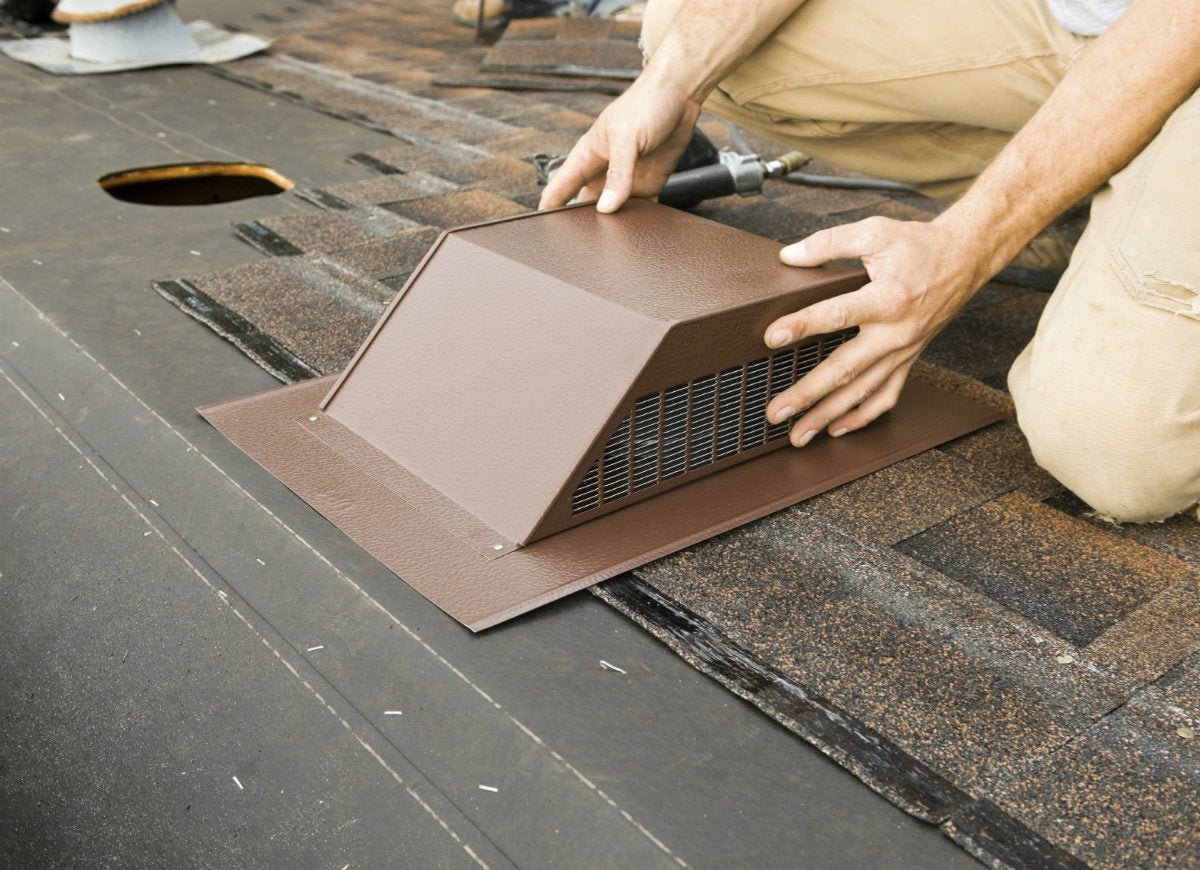

Articles
How Does Attic Ventilation Work
Modified: October 20, 2024
Discover how attic ventilation works in this informative article. Find out why proper ventilation is essential for a healthy and energy-efficient home.
(Many of the links in this article redirect to a specific reviewed product. Your purchase of these products through affiliate links helps to generate commission for Storables.com, at no extra cost. Learn more)
Introduction
Attic ventilation plays a crucial role in maintaining the overall health and energy efficiency of your home. While it may be a hidden feature of your house, it serves a significant purpose of regulating air circulation and temperature in the attic space. Understanding how attic ventilation works is essential for homeowners who want to ensure the longevity of their roofing system and the comfort of their living environment.
Attics are prone to trapping excess heat and moisture, which can lead to a range of issues, including mold growth, roof damage, and reduced energy efficiency. Proper attic ventilation introduces a continuous flow of fresh air, effectively removing heat and moisture from the attic space. This process not only extends the lifespan of your roof but also promotes a healthier living environment and helps reduce energy costs.
In this article, we will delve into the intricacies of attic ventilation, exploring its importance, components, working mechanism, types, benefits, common problems, and maintenance practices. Whether you are a homeowner, a DIY enthusiast, or a professional roofer, gaining insights into attic ventilation will empower you to make informed decisions and take appropriate action to maintain a well-ventilated attic space.
Key Takeaways:
- Proper attic ventilation is essential for maintaining a healthy and energy-efficient home, preventing issues like mold growth, ice dams, and excessive heat buildup. Regular maintenance and professional consultation are key to ensuring effective attic ventilation.
- Signs of inadequate attic ventilation, such as high energy bills, moisture issues, and musty odors, should prompt prompt action. Consulting with professionals and implementing proper maintenance practices are crucial for maintaining a well-ventilated and comfortable living environment.
Read more: How Does A Ductless Range Hood Work?
Importance of Attic Ventilation
Attic ventilation is often overlooked, but it plays a critical role in maintaining the overall health of your home. Here are some key reasons why attic ventilation is important:
- Prevents Heat Buildup: During hot summer months, attics can become extremely hot and trap heat. Without proper ventilation, this excess heat can transfer into your living space, making your home uncomfortable and increasing your cooling costs. Attic ventilation allows hot air to escape, reducing the strain on your cooling system and helping to keep your home cool.
- Reduces Moisture and Humidity: Moisture and humidity can wreak havoc on your attic space. If left unchecked, it can lead to mold growth, wood rot, and damage to your roof structure. Attic ventilation facilitates the removal of moisture-laden air, preventing condensation and the formation of mold and mildew.
- Preserves Roofing Materials: Excessive heat and moisture can cause damage to your roofing materials. When temperatures are high, the heat can accelerate the aging of shingles, causing them to deteriorate more quickly. Attic ventilation helps to regulate the temperature, preserving the integrity of your roof and extending its lifespan.
- Improves Energy Efficiency: A well-ventilated attic can have a significant impact on your energy bills. By reducing heat buildup in your attic, your cooling system will not have to work as hard, resulting in lower energy consumption and cost savings. Additionally, proper ventilation can also prevent heat loss during the winter months, helping to keep your home warm and comfortable.
- Prevents Ice Dam Formation: In colder climates, ice dams can form on roofs, leading to water damage and leaks. Attic ventilation helps to regulate the temperature in your attic, preventing the formation of ice dams by keeping the roof surface cold and preventing snow from melting and refreezing.
Overall, attic ventilation is crucial for maintaining the structural integrity of your roof, promoting energy efficiency, and ensuring a healthy living environment. Neglecting proper ventilation can lead to a host of issues, including roof damage, increased energy costs, and potential health hazards.
Components of Attic Ventilation System
An effective attic ventilation system requires the integration of various components to ensure proper air circulation and temperature regulation. Let’s explore the key components that make up an attic ventilation system:
- Soffit Vents: Soffit vents are located on the underside of the roof overhang, allowing fresh outside air to enter the attic. They are typically installed along the eaves of the roof and provide a continuous intake airflow.
- Ridge Vents: Ridge vents are installed at the peak of the roof and serve as an outlet for warm and moist air to escape. They consist of a low-profile ventilated strip that runs horizontally along the roof ridge and allows for continuous exhaust airflow.
- Attic Fans: Attic fans, also known as powered vents, increase the air circulation in the attic space. They are usually installed in gable vents or on the roof and help to expel hot air quickly. Attic fans are beneficial in areas with limited natural airflow or high attic temperatures.
- Turbine Vents: Turbine vents, shaped like a spinning turbine, use wind energy to create airflow in the attic. As the wind blows, it causes the turbine to spin, drawing hot air out of the attic and promoting ventilation.
- Ventilation Chutes: Ventilation chutes, also known as baffles, are installed between the insulation and roof decking to create a clear pathway for air to flow from the soffit vents to the ridge vents. They help prevent insulation from blocking the intake vents and ensure proper airflow distribution.
- Gable Vents: Gable vents are installed on the gables, which are the triangular areas at the ends of the house. They provide additional ventilation and help to exhaust hot air from the attic. Gable vents are especially useful when ridge vents cannot be installed.
- Sealing and Insulation: Proper sealing and insulation are essential for an efficient attic ventilation system. Air leaks around openings, such as recessed lighting fixtures or attic hatches, should be sealed to prevent the loss of conditioned air. Adequate insulation helps regulate temperatures and contributes to energy efficiency.
The combination of these components ensures a balanced airflow, bringing in fresh air through the soffit vents and expelling stale air through the ridge vents or other exhaust options. It’s important to have a well-designed and properly installed attic ventilation system that takes into account the unique features and requirements of your home.
How Attic Ventilation Works
Attic ventilation works on the principle of air circulation, allowing fresh air to enter the attic while simultaneously expelling hot and moisture-laden air. The process is influenced by the stack effect and wind ventilation. Let’s explore how attic ventilation works:
Stack Effect:
The stack effect, also known as the chimney effect, is a natural force that drives air movement in buildings. It occurs when warm air rises and escapes through upper openings, creating a negative pressure that draws in cool air from lower openings. In the case of attic ventilation, this effect is utilized to bring fresh air into the attic through the soffit vents as warm air escapes through the ridge vents.
Wind Ventilation:
Wind ventilation relies on the force of wind to drive air movement within the attic space. As wind hits the roof, it creates areas of high and low pressure. This pressure difference can facilitate airflow, especially when there are exhaust vents like ridge vents or turbine vents. The wind can also create a suction effect, drawing air out of the attic and enhancing ventilation.
When a well-designed and balanced attic ventilation system is in place, the stack effect and wind ventilation work together to create a continuous airflow. Fresh air enters the attic through the soffit vents, pushing out the warm and moist air through the ridge vents or other exhaust options.
Proper installation and sizing of the ventilation components are essential for ensuring effective attic ventilation. The number and size of vents will depend on factors such as the size of the attic, roof slope, climate conditions, and insulation levels. It’s crucial to consult with a professional to determine the right ventilation system for your specific needs.
Additionally, it’s important to note that attic ventilation is a year-round process. While it may be more apparent during hot summer months when excessive heat can build up in the attic, ventilation is also crucial during the winter to prevent moisture buildup, ice dams, and condensation.
By promoting proper air circulation and temperature regulation, attic ventilation helps to maintain a comfortable and healthy living environment, protects the structure of your roof, and enhances energy efficiency in your home.
Types of Attic Ventilation
Attic ventilation comes in various forms, each designed to provide effective airflow and temperature regulation in the attic space. Here are some common types of attic ventilation:
- Soffit Vents: Soffit vents are installed along the eaves of the roof and provide an intake point for fresh air. They are typically made of aluminum or PVC and have small perforations to allow air to flow into the attic from the outside. Soffit vents are often combined with other types of exhaust vents to create a balanced ventilation system.
- Ridge Vents: Ridge vents are installed at the peak of the roof and serve as an exhaust point for warm and moist air. They are typically made of metal or shingle-over ridge vent material. Ridge vents provide a continuous horizontal vented area for hot air to escape, promoting efficient attic ventilation.
- Gable Vents: Gable vents are located on the gables, which are the triangular areas at the ends of the house. They provide additional exhaust ventilation and work in conjunction with other intake vents, such as soffit vents. Gable vents are available in various shapes and sizes and can enhance air circulation in the attic.
- Turbine Vents: Turbine vents utilize wind energy to create airflow in the attic space. They feature a spinning turbine design that rotates as wind blows, creating suction and drawing hot air out of the attic. Turbine vents are effective for promoting natural ventilation and can be installed on the roof or in gable vents.
- Power Vents: Power vents, also known as attic fans, are electrical fans that actively expel warm air from the attic. They are typically installed on the roof or gable vents and are powered by electricity. Power vents provide additional ventilation and can be controlled by a thermostat or humidistat to automatically activate when necessary.
- Solar-Powered Vents: Solar-powered vents are similar to power vents but are powered by solar energy. They have a solar panel that captures sunlight to generate the electricity needed to run the fan. Solar-powered vents are an eco-friendly option and can help reduce energy consumption.
It’s important to select the appropriate type of attic ventilation for your specific needs and consider factors such as climate conditions, roof design, and the size of your attic. Consulting with a professional can help you determine the most suitable ventilation options for optimal results.
Combining different types of attic ventilation can often provide the best results. For example, a combination of soffit vents for intake and ridge vents for exhaust creates a balanced airflow, ensuring efficient attic ventilation. It’s crucial to maintain proper proportions and sizes of intake and exhaust vents to achieve optimal airflow and temperature regulation.
Choosing the right type and combination of attic ventilation is crucial for maintaining a healthy and energy-efficient home. Proper ventilation helps prevent moisture buildup, protects your roof, and enhances overall comfort in your living space.
Make sure your attic has both intake and exhaust vents to allow for proper air circulation. This will help prevent moisture buildup and keep your attic and roof in good condition.
Read more: How Does Attic Fans Work
Benefits of Proper Attic Ventilation
Proper attic ventilation offers numerous benefits that contribute to the overall health, longevity, and energy efficiency of your home. Let’s explore some key advantages of having a well-ventilated attic:
- Reduced Heat Buildup: Attic ventilation helps prevent excessive heat buildup in the attic space, especially during hot summer months. By allowing hot air to escape and introducing fresh air, it helps regulate the temperature in the attic and reduces heat transfer into your living space. This helps keep your home cooler and reduces the reliance on air conditioning, leading to potential energy savings.
- Prevention of Moisture Damage: Proper ventilation prevents moisture buildup in the attic, which can lead to issues such as mold growth, wood rot, and deterioration of insulation. By expelling moist air and introducing drier air, ventilation helps maintain the right balance of humidity, reducing the risk of costly damage and health hazards associated with moisture-related issues.
- Extended Roof Lifespan: Excessive heat and moisture can damage roofing materials, leading to premature aging and deterioration. Attic ventilation helps to regulate the temperature, reducing the potential for heat-related damage. It also helps prevent moisture buildup, minimizing the risk of water damage to the roof structure. By protecting your roof, proper ventilation can extend its lifespan and save you from the expense of early roof replacement.
- Improved Energy Efficiency: An efficiently ventilated attic can contribute to energy savings. By reducing heat buildup, your cooling system doesn’t have to work as hard to maintain a comfortable temperature, leading to potential energy savings. Proper attic ventilation can also prevent heat loss during the winter months, helping to keep your home warmer and reducing heating costs.
- Enhanced Air Quality: Attic ventilation helps remove stale air, odors, and pollutants from your home’s living environment. By expelling air through exhaust vents, proper ventilation promotes fresh air circulation, improving indoor air quality and creating a healthier living environment for you and your family.
- Prevention of Ice Dams: In colder climates, ice dams can form on roofs when warm air melts snow on the roof, which then refreezes at the colder roof edges. Proper attic ventilation helps regulate the temperature of the roof surface, minimizing the risk of ice dam formation and the potential for water damage and leaks inside your home.
By investing in proper attic ventilation, you can enjoy these benefits and ensure the long-term health, durability, and energy efficiency of your home. It is important to consult with a professional to assess your specific needs and recommend the most appropriate attic ventilation system for your home.
Common Problems with Attic Ventilation
While proper attic ventilation is crucial for maintaining a healthy and energy-efficient home, there are some common issues that can arise if the ventilation system is not functioning effectively. Here are some of the common problems with attic ventilation:
- Inadequate Ventilation: One of the most common problems is inadequate ventilation, where there is an insufficient amount of intake and exhaust vents in the attic. This can lead to poor air circulation, resulting in excess heat buildup, moisture accumulation, and potential damage to the roof and attic space.
- Blocked Vents: Another issue is when the vents become blocked or obstructed. This can occur due to various reasons such as insulation blocking the soffit vents or debris, such as leaves or bird nests, clogging the exhaust vents. Blocked vents restrict airflow and prevent the proper exchange of air, reducing the effectiveness of the ventilation system.
- Improper Ventilation Layout: Improper ventilation layout refers to an incorrect configuration of vents and airflow pathways. This can result from a lack of understanding of ventilation requirements or improper installation. For example, if there are too few intake vents relative to the exhaust vents, the airflow may be imbalanced, leading to inadequate ventilation.
- Insufficient Insulation: Insufficient insulation in the attic can also impact ventilation. Without proper insulation, temperatures can fluctuate dramatically, leading to excessive heat buildup in the summer and heat loss in the winter. Insulation helps regulate temperatures and works in conjunction with ventilation to create an energy-efficient and well-balanced attic environment.
- Condensation and Moisture Issues: If the attic ventilation system is not functioning properly, excess moisture can accumulate in the attic. This can result in condensation, which can lead to mold growth, wood rot, and damage to the roof structure. Additionally, inadequate ventilation can contribute to high humidity levels, causing discomfort and potentially compromising indoor air quality.
- Improper Sizing: Attic ventilation systems should be properly sized according to the size and layout of the attic space. If the system is undersized, it may not provide sufficient airflow to effectively remove heat and moisture. Conversely, an oversized system may create excessive airflow, leading to drafty conditions and energy loss.
- Lack of Maintenance: Lack of regular maintenance can also contribute to attic ventilation problems. Over time, vents can become dirty, clogged, or damaged. It is important to periodically inspect and clean the vents, remove any obstructions, and ensure that the system is functioning optimally.
It is essential to address these attic ventilation problems promptly to prevent further damage and maintain a healthy living environment. Consulting with a professional can help identify the specific issues and provide appropriate solutions to ensure proper attic ventilation.
Signs of Inadequate Attic Ventilation
Having inadequate attic ventilation can lead to a host of problems, impacting the overall health and efficiency of your home. It’s important to be aware of the signs that indicate your attic ventilation may not be sufficient. Here are some key signs of inadequate attic ventilation:
- Excessive Heat in the Attic: If your attic feels exceptionally hot, especially during the summer months, it could be a sign of inadequate ventilation. Without proper airflow, heat becomes trapped, causing temperatures to rise and potentially damaging the roofing materials.
- High Energy Bills: Insufficient attic ventilation can result in increased energy consumption and higher cooling costs. Without proper airflow and heat dissipation, your HVAC system may have to work harder to maintain the desired temperature in your home, leading to higher energy bills.
- Visible Moisture or Condensation: If you notice dampness, condensation, or water stains in your attic, it indicates an issue with ventilation. Inadequate airflow can lead to moisture buildup, which can result in mold growth, wood rot, and damage to insulation and other materials in your attic.
- Musty Odors: If there are lingering musty or moldy odors in your home, it could be a sign that moisture is accumulating in the attic due to insufficient ventilation. These odors can be a result of mold growth, which thrives in damp and poorly ventilated environments.
- Ice Dams: Ice dams are ridge-like formations of ice that form along the edges of the roof during winter. They are caused by inadequate attic ventilation and insulation, which allows heat to escape from your home and melt snow on the roof. As the water refreezes along the colder roof edges, it creates ice dams, leading to potential roof damage and water leaks.
- Warping or Buckling Shingles: Inadequate attic ventilation can cause shingles to warp, buckle, or curl. Excessive heat buildup in the attic can accelerate the aging of shingles, compromising their integrity and reducing their lifespan. If you notice any signs of roof damage, it may be an indication of poor ventilation.
- Uneven Heating or Cooling: If certain rooms in your home are consistently hotter or colder than others, it may be a sign of inadequate attic ventilation. Poor airflow and temperature regulation in the attic can impact the overall climate control of your home, resulting in uneven heating or cooling.
If you observe any of these signs, it is crucial to address the issue of inadequate attic ventilation promptly. Consulting with a professional roofer or ventilation specialist can help identify the root cause and recommend appropriate solutions to ensure proper airflow and temperature regulation in your attic.
Maintenance and Best Practices for Attic Ventilation
Proper maintenance and regular upkeep of your attic ventilation system are essential to ensure its effectiveness and longevity. Here are some maintenance tips and best practices to keep your attic ventilation in optimal condition:
- Clear Obstructions: Regularly inspect your vents to ensure they are clear of any obstructions such as debris, leaves, or nesting materials. Clearing obstructions allows for maximum airflow and prevents ventilation issues.
- Clean Soffit Vents: Soffit vents, located on the underside of the roof overhang, can accumulate dirt and debris over time. Use a soft brush or a vacuum with a brush attachment to clean the vents and ensure proper air intake.
- Inspect Exhaust Vents: Check the exhaust vents, such as ridge vents or turbine vents, to ensure they are not damaged or blocked. Remove any debris and make repairs as necessary to ensure proper airflow out of the attic.
- Seal Air Leaks: Inspect the attic for any gaps, cracks, or air leaks that may allow conditioned air to escape or outside air to enter. Seal these areas using appropriate materials such as caulk or weatherstripping to prevent energy loss and maintain proper ventilation.
- Monitor Insulation Levels: Proper insulation in the attic is essential for effective ventilation and temperature regulation. Regularly check the insulation levels and ensure it is evenly distributed without blocking vents or airflow pathways.
- Consider Attic Fans: If your attic experiences high temperatures or lacks natural airflow, consider installing attic fans or powered vents. These can help increase airflow and enhance ventilation in areas with limited natural ventilation.
- Maintain a Well-Insulated Attic: Adequate insulation in the attic is crucial for energy efficiency and proper ventilation. Ensure insulation is installed correctly and meets recommended R-value requirements for your region and climate.
- Regular Inspections: Schedule regular inspections of your attic and ventilation system by a professional to identify any potential issues. They can assess the condition of vents, identify any signs of damage, and recommend necessary repairs or improvements.
- Keep Attic Dry: Proper ventilation helps prevent moisture buildup in the attic, but it’s essential to address any potential sources of water intrusion. Regularly inspect the roof for leaks, ensure gutters are clean and functioning properly, and address any plumbing or moisture issues that may impact the attic.
- Consult with Professionals: If you are unsure about the condition or maintenance of your attic ventilation system, consult with roofing professionals or ventilation specialists. They can provide expert advice, conduct thorough inspections, and offer recommendations tailored to your specific needs.
Maintaining proper attic ventilation not only ensures a healthier and more energy-efficient home but also extends the lifespan of your roof and prevents potential issues such as mold growth and structural damage. By following these maintenance and best practices, you can enjoy the benefits of a well-ventilated attic and a more comfortable living environment.
Read more: What Does An Attic Fan Do
Conclusion
Attic ventilation is a crucial aspect of maintaining a healthy and energy-efficient home. It plays a significant role in regulating temperature, removing excess heat and moisture, and promoting air circulation in the attic space. By understanding how attic ventilation works and implementing proper ventilation practices, you can enjoy numerous benefits, including an extended roof lifespan, reduced energy costs, improved indoor air quality, and prevention of issues like mold growth and ice dams.
Ensuring proper attic ventilation involves integrating components such as soffit vents, ridge vents, attic fans, and insulation alongside best practices for maintenance. Regular inspections, clearing obstructions, monitoring insulation levels, and sealing air leaks are essential to maintain the efficiency of the ventilation system.
If you notice signs of inadequate attic ventilation, such as excessive heat, high energy bills, moisture issues, or musty odors, it’s important to address the problem promptly. Consult with professionals who can perform thorough inspections, identify issues, and recommend appropriate solutions tailored to your specific needs.
Remember, attic ventilation is a year-round concern. It not only prevents heat buildup during hot summer months but also helps regulate temperature and prevent moisture-related problems during the winter. So, whether you’re experiencing scorching summers or chilly winters, a well-ventilated attic is crucial for maintaining a comfortable and energy-efficient home.
Investing in proper attic ventilation is a wise decision that can protect the structural integrity of your roof, improve energy efficiency, and enhance the overall comfort and well-being of your home. So, prioritize attic ventilation and enjoy the peace of mind that comes with a well-ventilated and healthy living space.
Frequently Asked Questions about How Does Attic Ventilation Work
Was this page helpful?
At Storables.com, we guarantee accurate and reliable information. Our content, validated by Expert Board Contributors, is crafted following stringent Editorial Policies. We're committed to providing you with well-researched, expert-backed insights for all your informational needs.
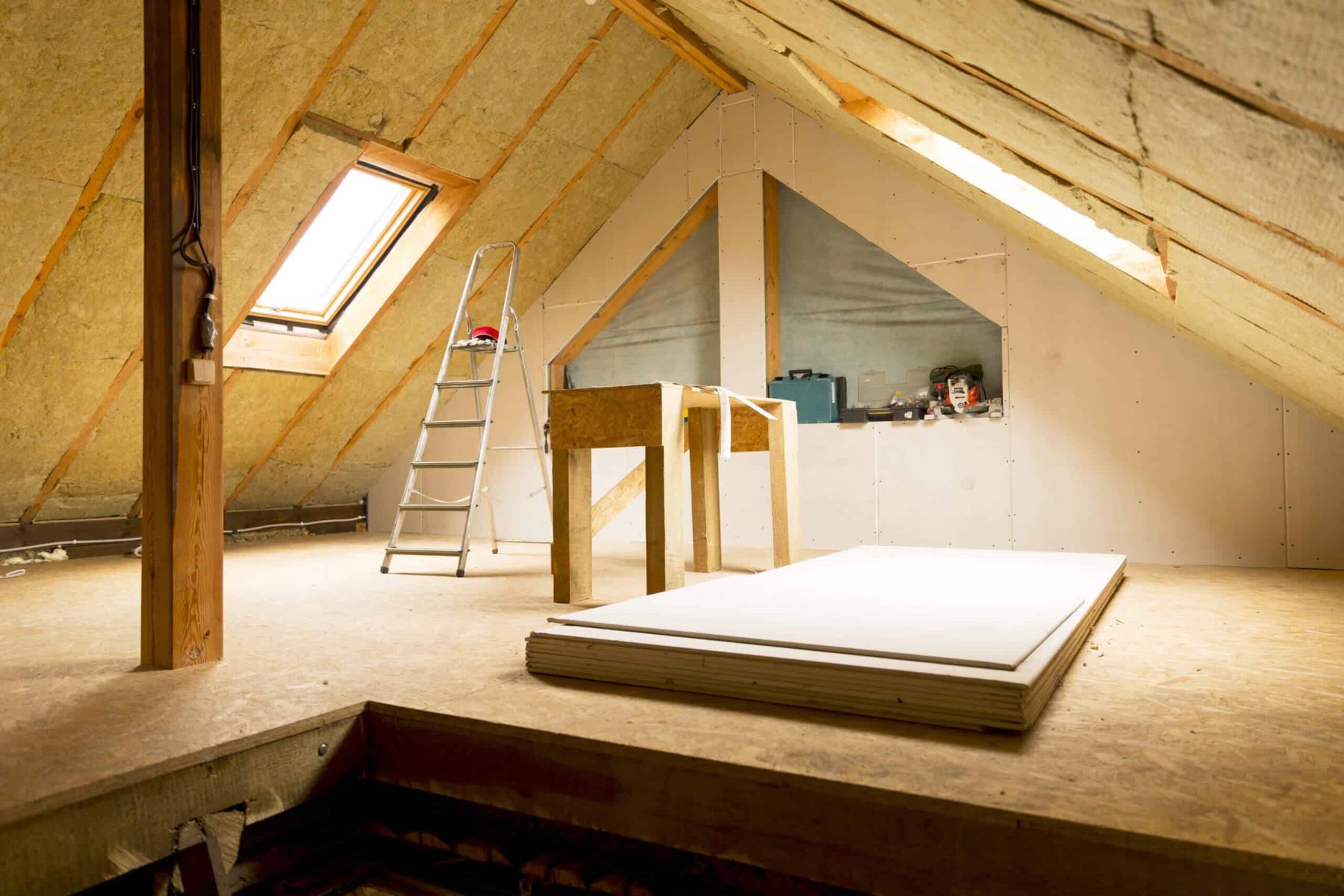
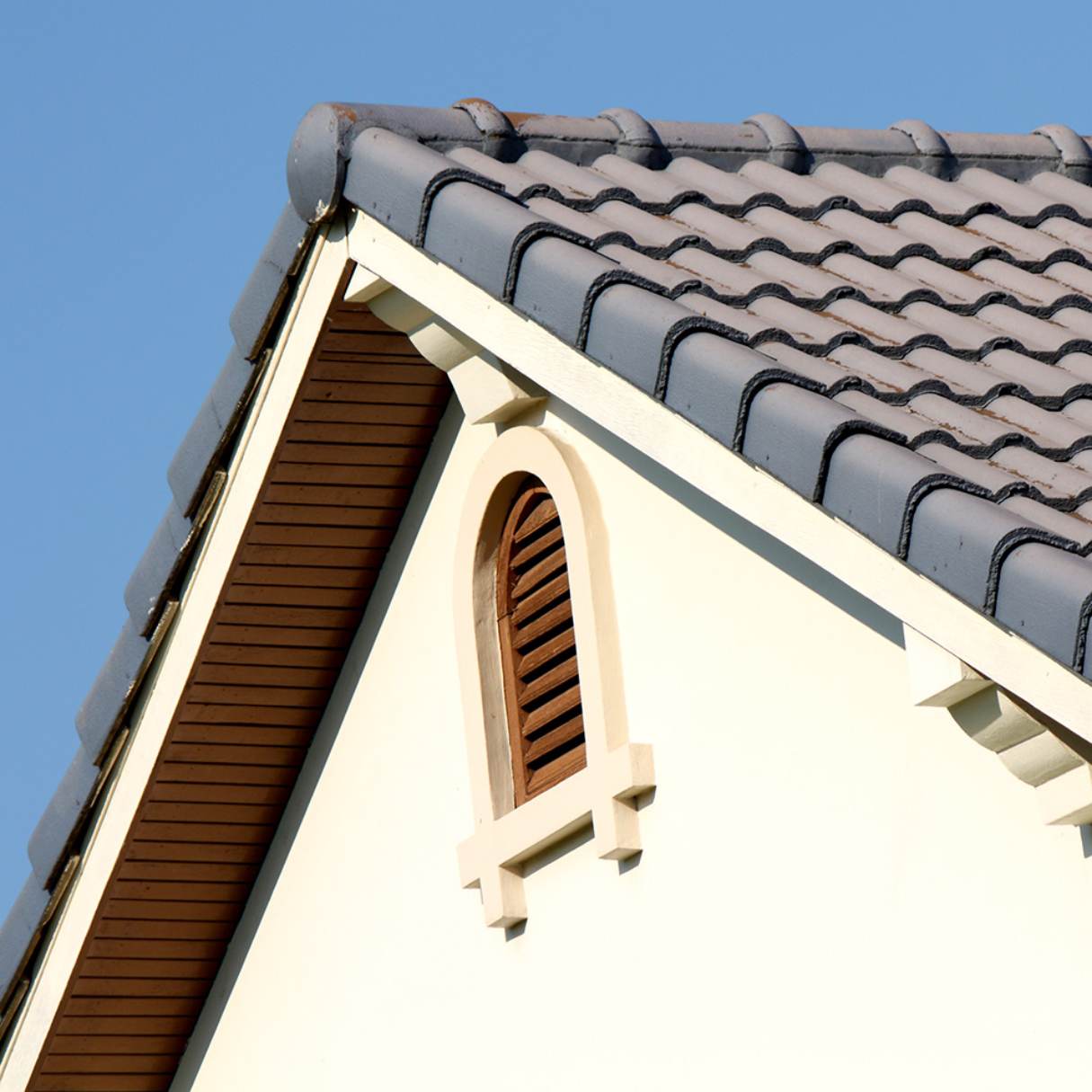

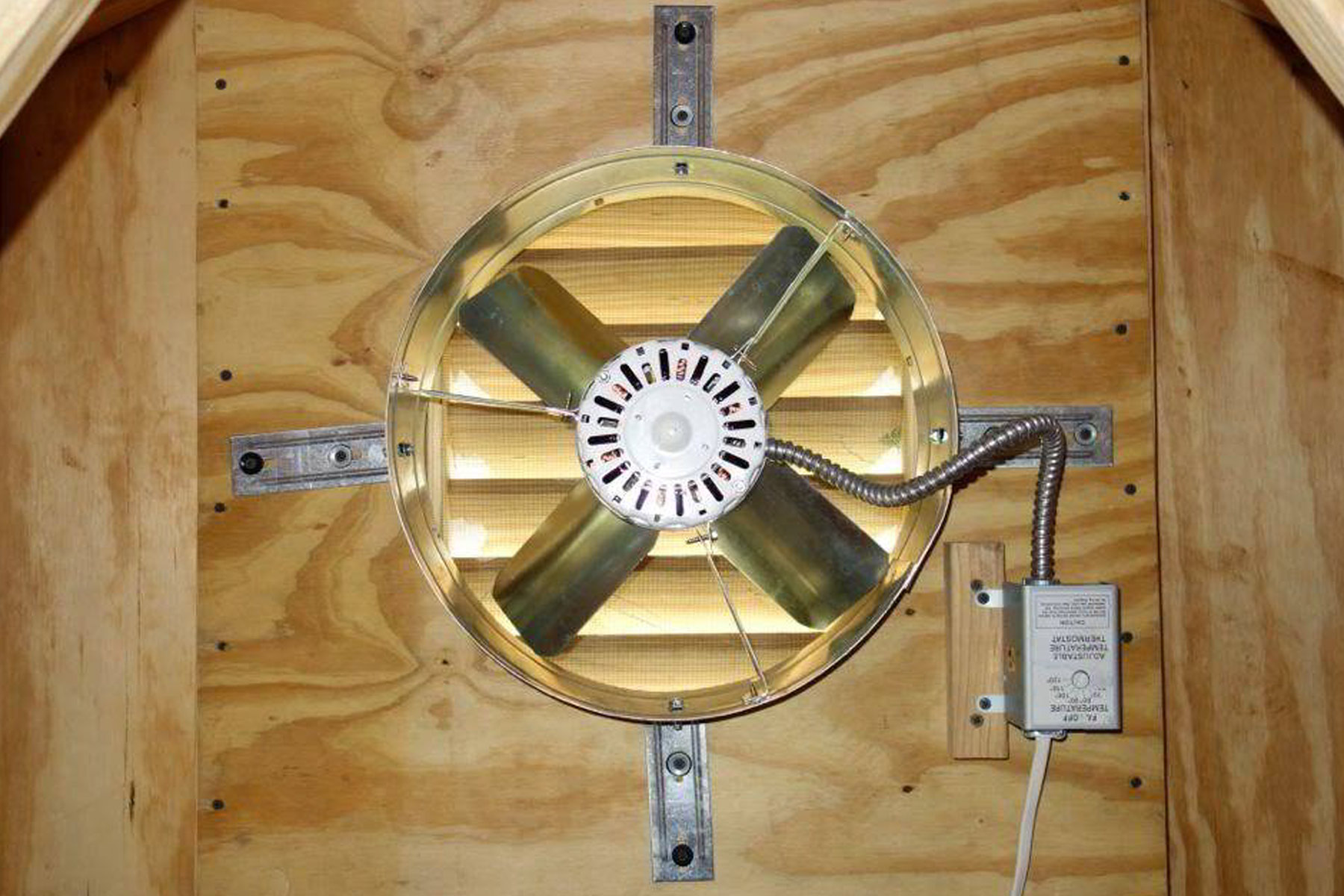
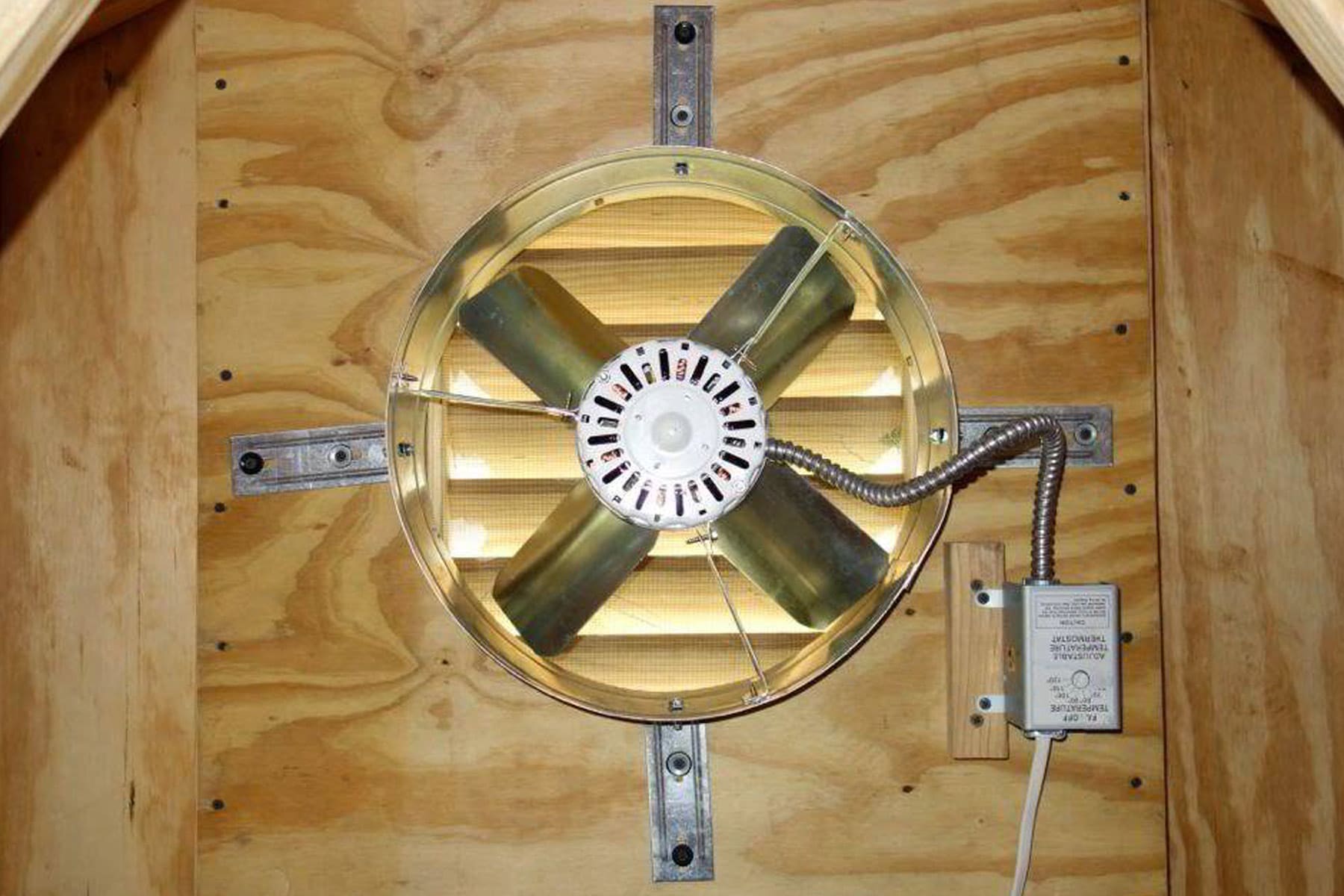
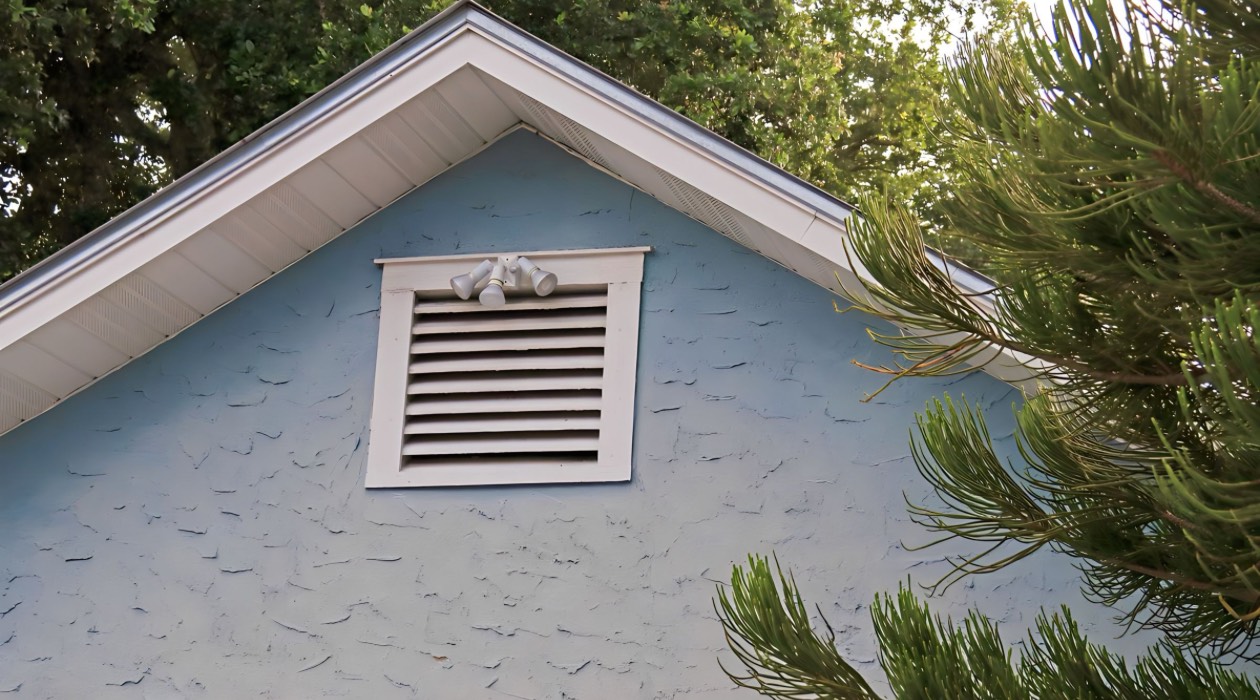


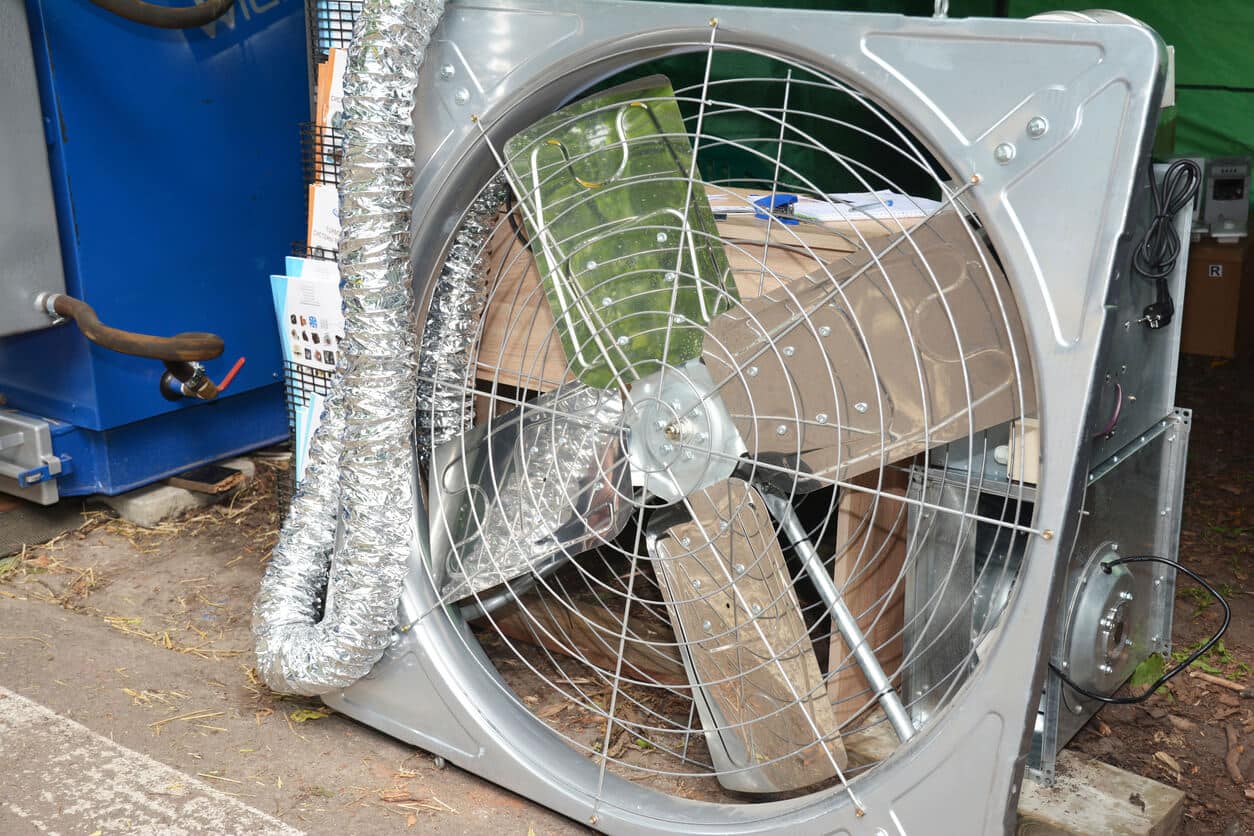
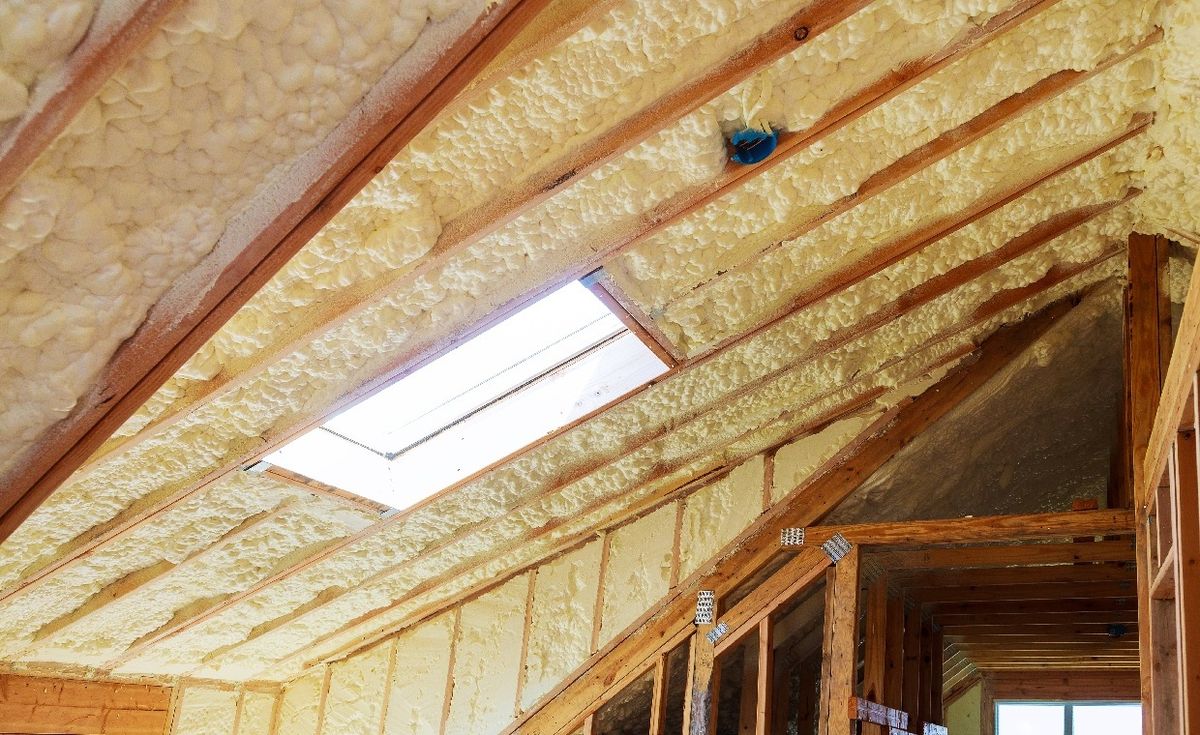
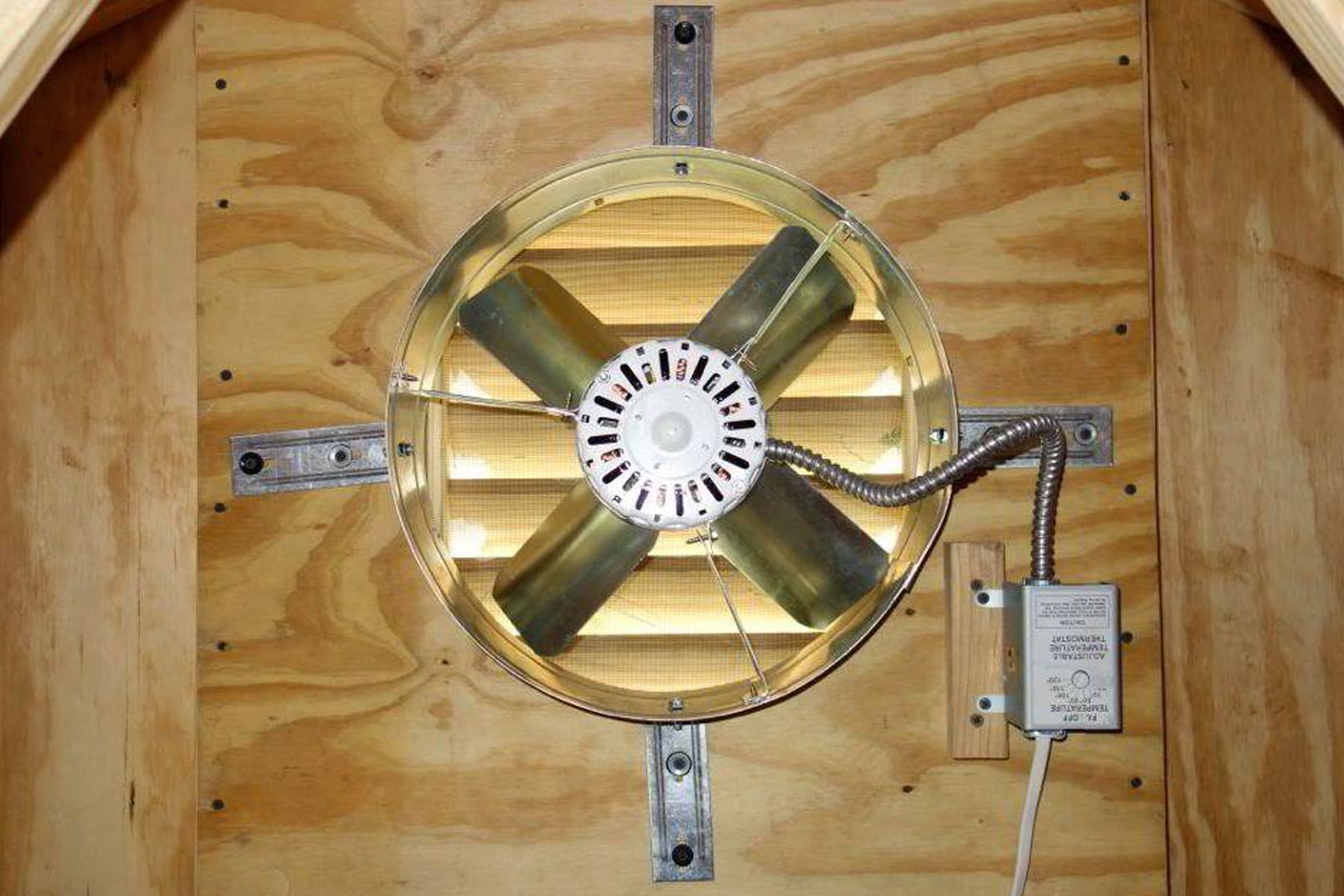
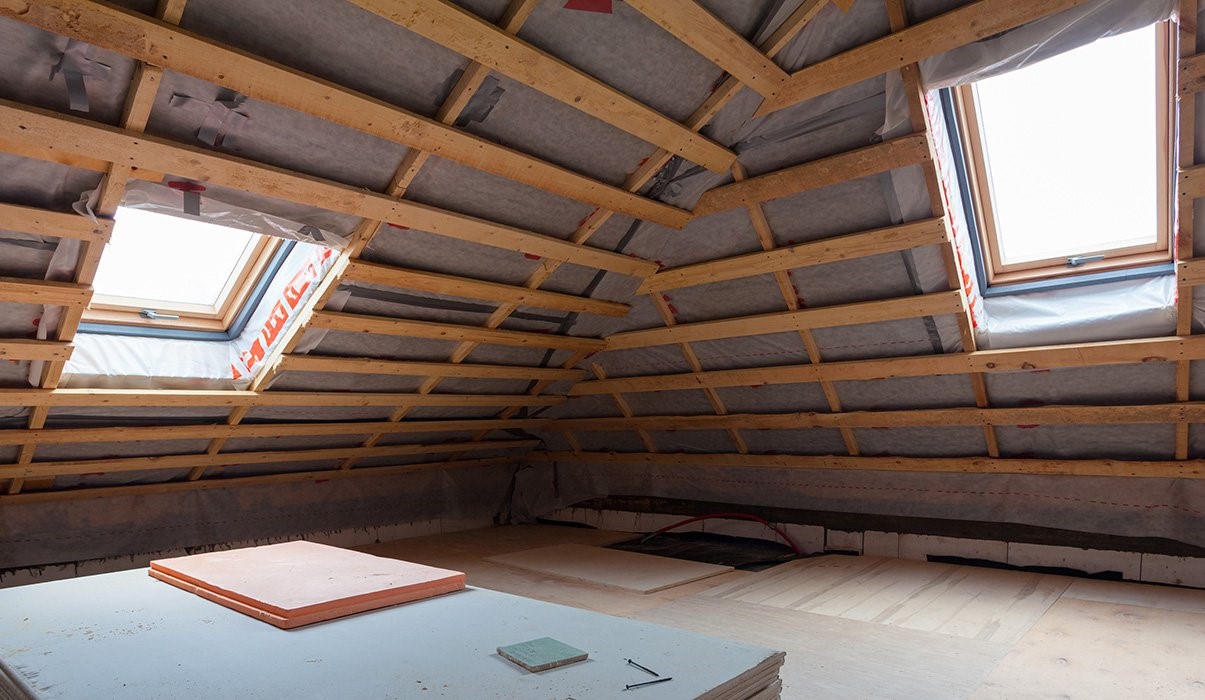


0 thoughts on “How Does Attic Ventilation Work”